Mykorrhiza – Curious learning
team
Enes Cilingir
Moritz Beder
Leon Bork
duration
4 weeks
responsibilities
Concept, Research,
UX Design, UI Design
problem
The current education system was built for an industrial age. It remains standardized, linear, and disconnected from real life. Students are expected to learn the same things at the same pace, regardless of their individual interests or strengths. Teachers are burdened with administrative tasks, leaving little room for creativity, curiosity, and meaningful connection. As a result, learning has become something to endure rather than something to explore.
solution
Imagine a place where learning isn't a duty – it's an adventure. Where every child moves at their own pace, driven by genuine curiosity and supported by intelligent systems.
Core Principles
no subjects
students develop meaningful skills across disciplines – guided by curiosity, context, and purpose. Whether it's storytelling through code or math in the garden, competencies grow where life happens.
no exams
Continuous learning data, daily interactions, and project outcomes give the AI a deep understanding of each learner's skills. There's no need for stressful tests when progress is visible in real time.
no grades
In our system, progress is not measured by numbers or grades but by real, visible competencies. Each learner's development is reflected in what they can actually do, create, and understand. Progress becomes something tangible and meaningful, showing real skills, experiences, and insights rather than memorized knowledge.
no classes & teacher
Instead of fixed subjects and timetables, students follow personalized learning journeys shaped by their interests, goals, and current skills. The AI connects them with the right projects, peers, and challenges exactly when they're ready. Progress is not measured by numbers or grades but by real, visible competencies that show what learners can actually do, create, and understand. Adult mentors support emotional well-being, help resolve conflicts, and guide personal growth throughout the journey.
Competencies
competence tree
In Mykorrhiza, every learning journey is as unique as a tree. Over time, each child develops their own competence tree, individual, dynamic, and rooted in personal interests. The roots of this tree are the foundational skills of reading, writing, arithmetic, logical thinking, digital literacy, and social awareness. They provide stability and orientation for all further learning. Once these roots are strong, the tree can grow in any direction. Whether in technology, languages, science, design, or social skills, you decide which branches to grow and how your personal profile takes shape. Your skills grow through real projects you care about, not through abstract tests.
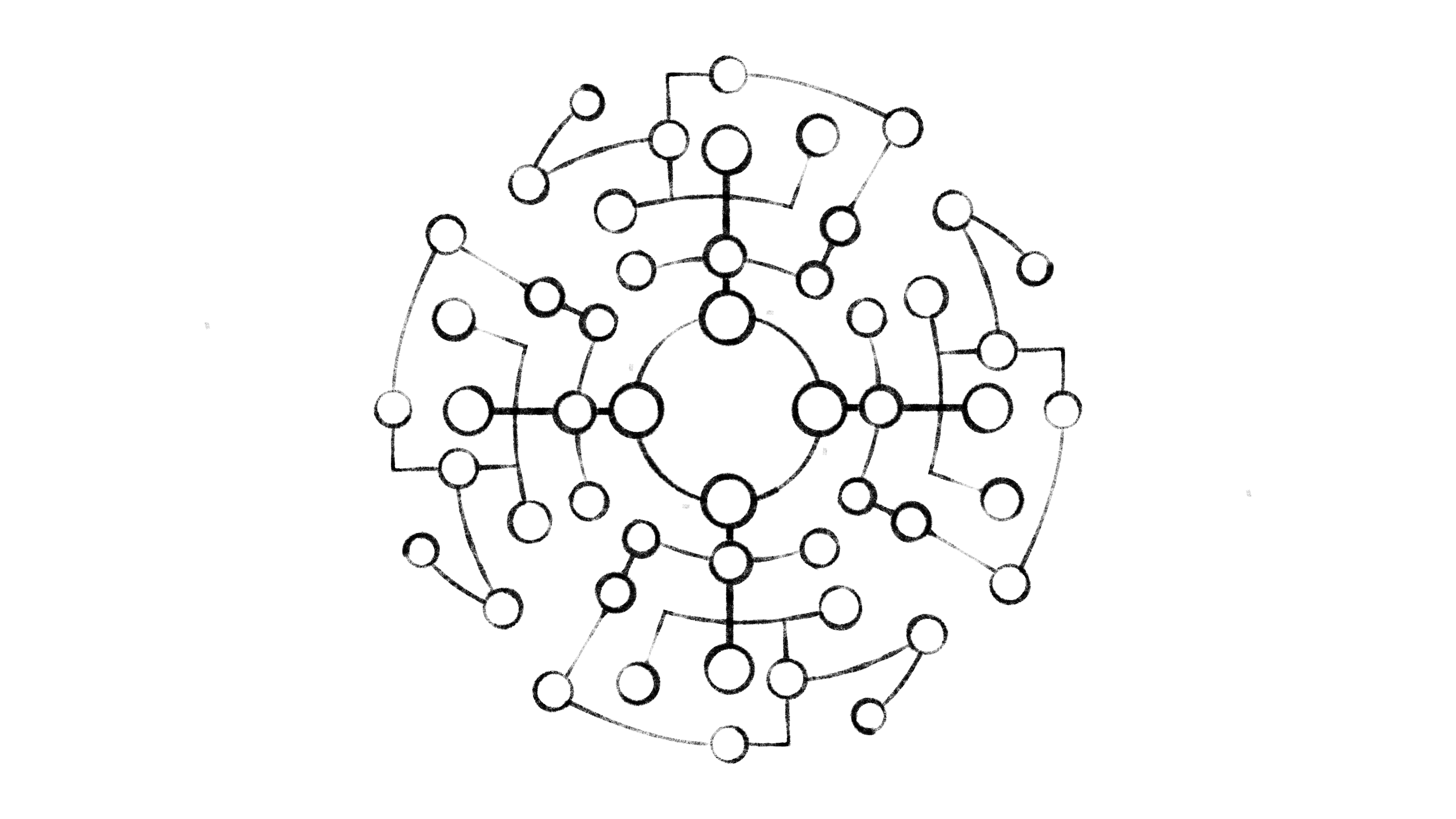
Your AI Team
agent system
In Mykorrhiza, every learner is supported by a constellation of AI micro-agents — a dynamic system that keeps learning personal, adaptive, and meaningful. Each agent has a clear role but works seamlessly with the others to balance pace, relevance, collaboration, and growth. The Competence Agent tracks your skills and next steps, while the Interest, Adaptation, and Didactics Agents align projects with your passions, adjust challenges, and translate complex ideas into accessible forms. The Context and Reflection Agents ensure inclusivity and help you make sense of your progress, while the Scheduling and Social Agents organize teamwork and collaboration. Finally, the Trust Agent guarantees transparency and protects your data. Together, they form your personal AI team.
Learning Through Projects
general idea
At Mykorrhiza, learning grows from real life, not theory. Take our school garden project — it's not just about growing plants, it's about growing ideas. Children choose what sparks their curiosity, work together on something real, and learn new skills almost without noticing. Math, language, and problem-solving become part of the process, not separate subjects. The AI quietly observes each child's progress and helps them find the next step that fits their personal path of growth.
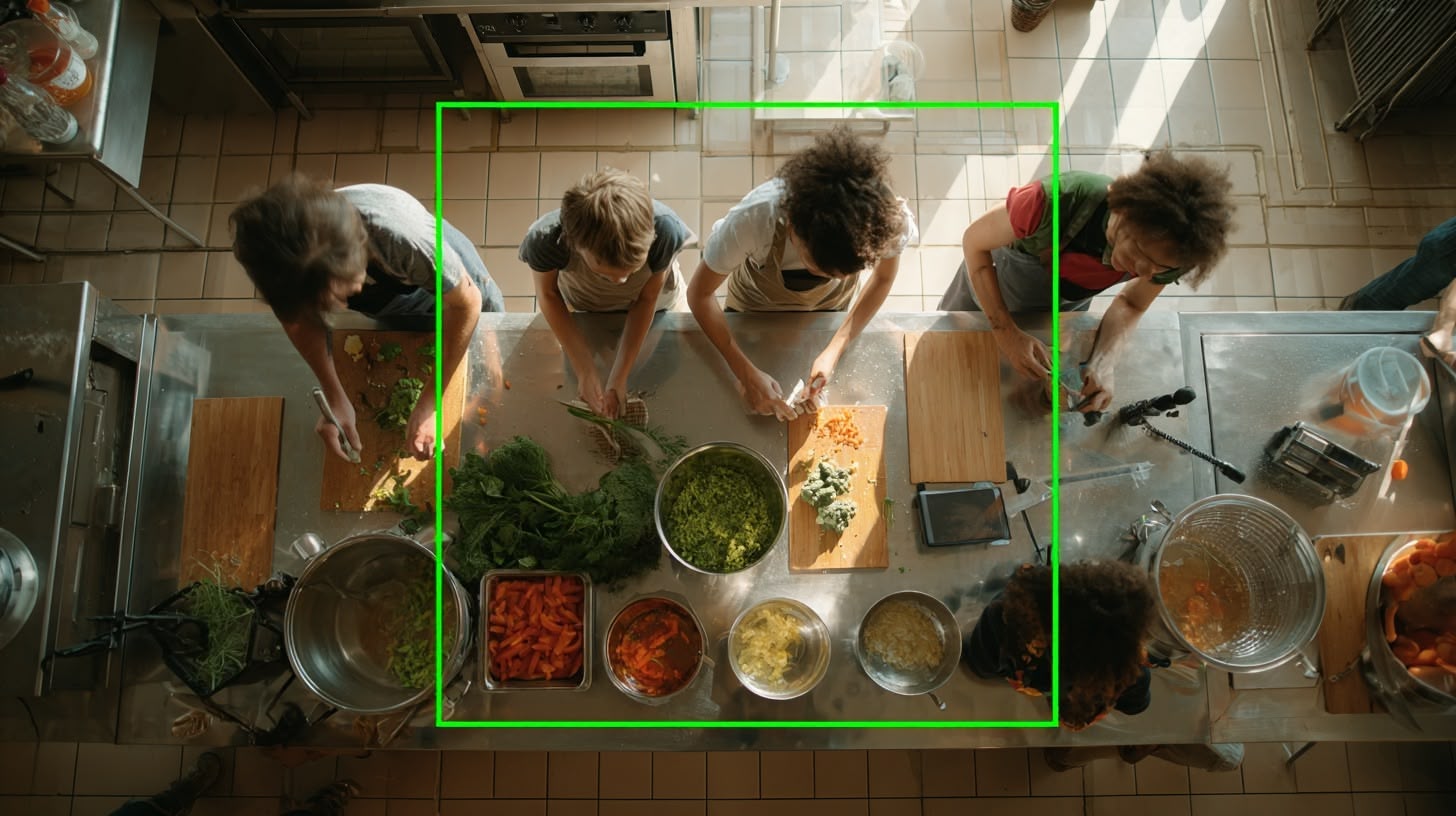
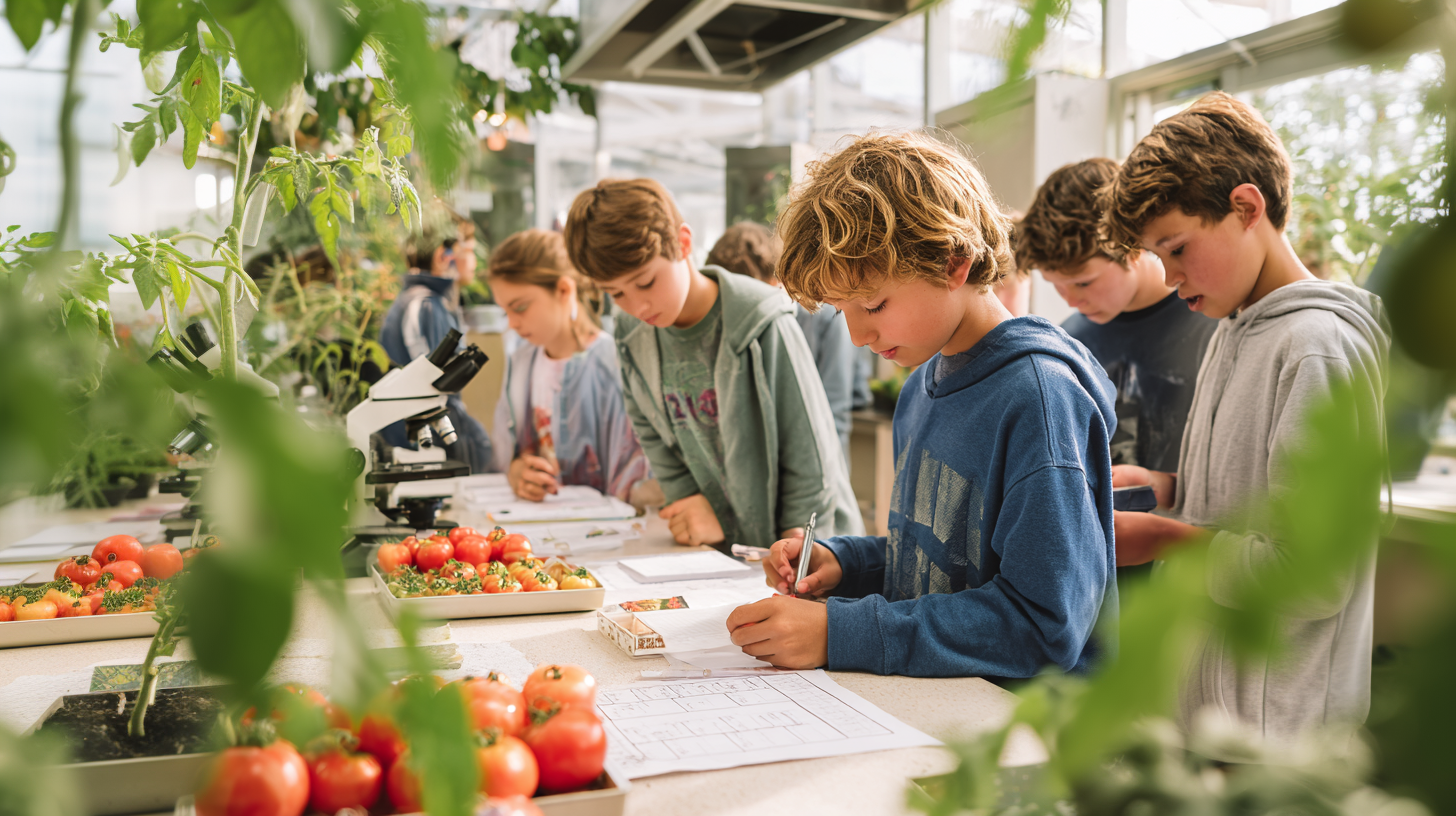
genetics & diversity
Students in this group dive into plant diversity by comparing various tomato types – observing leaf shapes, fruit color, and growth behavior. They use Punnett squares to explore Mendel's laws, work with microscopes, and create digital lab notes. As they uncover genetic patterns and discuss biodiversity and nutrition, they strengthen their skills in genetics, logical thinking, scientific inquiry, and media literacy.
plants & care
This group brings the school garden to life. Students select and grow different vegetables and herbs like tomatoes, basil, or lettuce. With support from the AI system, they monitor plant growth, check soil quality, water regularly, and log weather data. Using digital tools, they document their progress and ensure the plants thrive. Through this role, they develop a strong sense of biological understanding, digital documentation, responsibility, and self-management.
.png)
.png)
design & build
This hands-on group is responsible for designing and building raised beds, trellises, or garden structures. With the help of CAD tools or digital blueprints, they plan their projects and bring them to life through teamwork and craftsmanship. They use tools responsibly, follow safety rules, and learn how smart design can support healthy plant growth. In the process, they gain practical experience in technology, craftsmanship, collaborative project work, and planning.
Ohm's law with different framing
media & storytelling
This student turns the Ohm's law into a creative challenge: producing an explainer video for other kids. They explore the concept deeply to retell it in a simple and engaging way – using animation, interviews, or stop-motion techniques. With feedback from the Reflection and Social Agents, they refine their communication and work on peer-friendly explanations. Through this task, they develop media skills, didactic thinking, creativity, and digital storytelling.
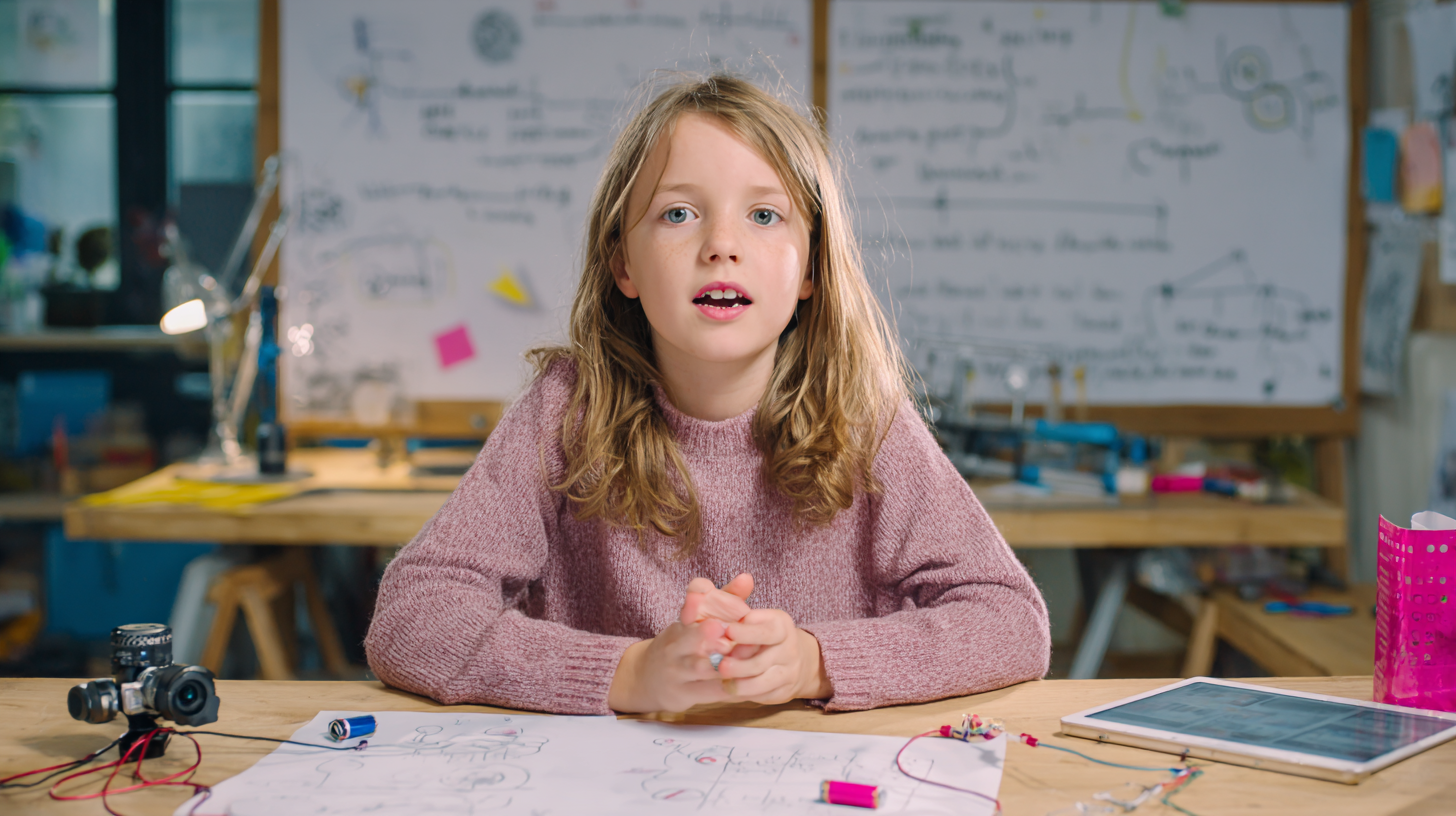
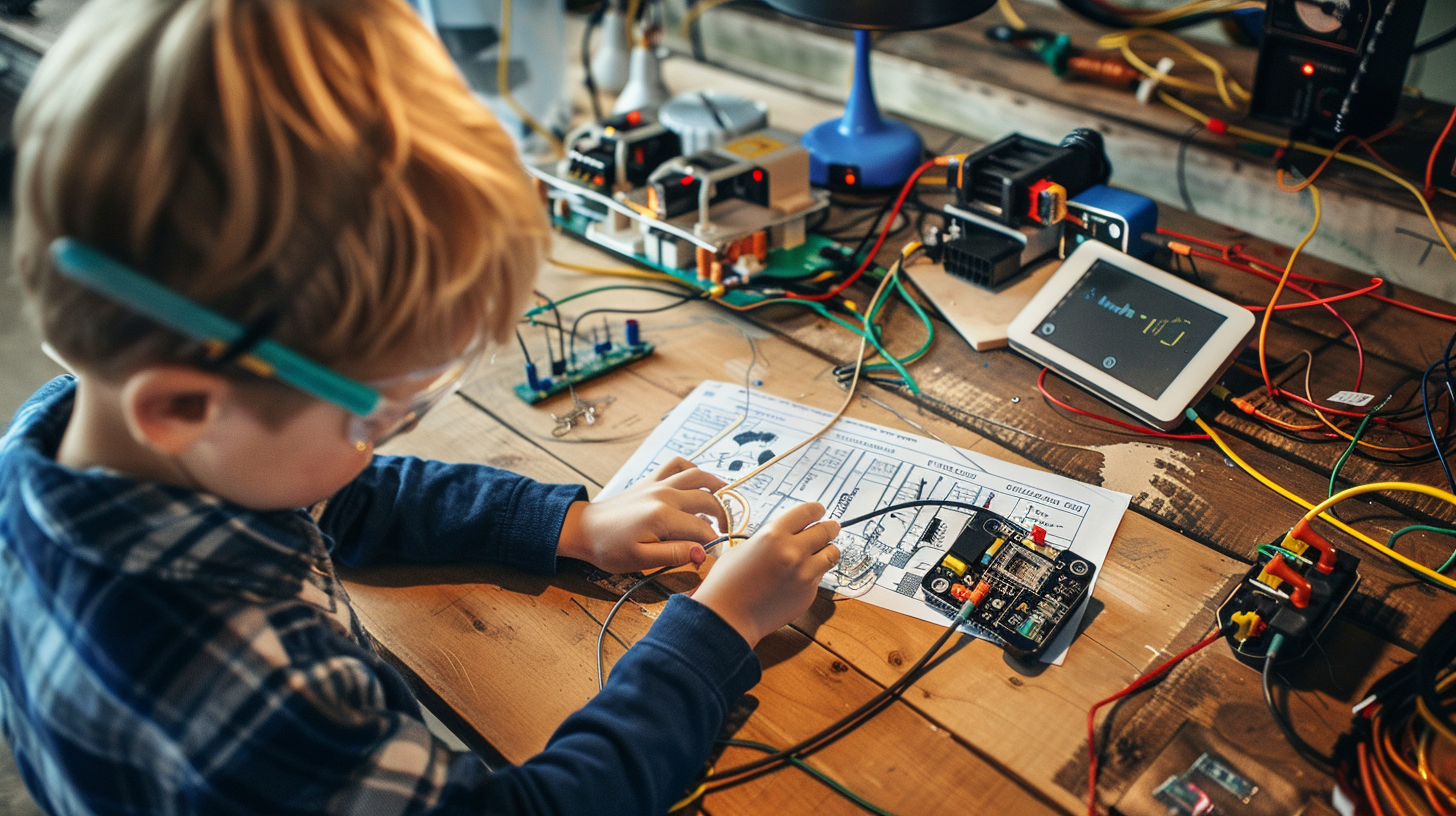
hands-on
This learner explores the Ohm's law hands-on by building real electric circuits. They connect components, measure voltage and current, and calculate resistance using the formula U = R × I. With guidance from the Didactics Agent, they use circuit diagrams or simulation tools and compare their measurements with expected values. Through this practical and exploratory approach, they strengthen their skills in technology, mathematics, problem-solving, and scientific accuracy.
visual & creative
This learner brings Ohm's Law to life with visuals and creativity. They design a poster that turns voltage, current, and resistance into something easy to grasp – like comparing electricity to water flowing through a pipe. With colors, shapes, and clever metaphors, they explain how the concepts connect. The Didactics Agent helps them find the right visual style and guides them in writing a short explanation. Through this process, they build skills in visual thinking, science communication, and creative expression.
.png)